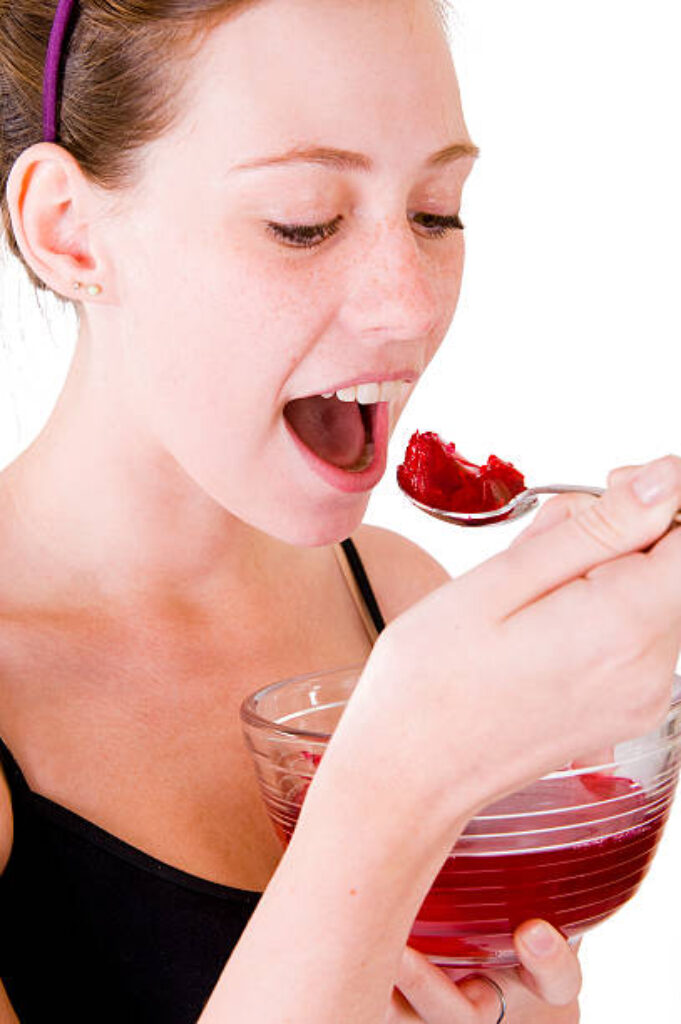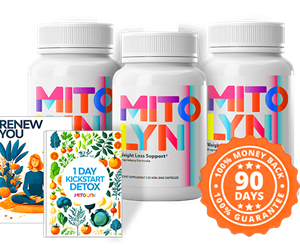
In the world of low calories jelly, we explore its benefits, ingredients, varieties, and creative ways to incorporate it into a balanced diet. In the ever-evolving landscape of health and wellness, finding delicious treats that align with dietary goals can feel like a constant challenge. We crave something sweet, satisfying, and comforting, but often find ourselves battling the guilt that comes with indulging in high-calorie, sugar-laden desserts. Enter: the glorious world of low-calories jelly.
Jelly, in its various forms, has been a beloved dessert for generations. Its jiggly texture, vibrant colors, and fruity flavors evoke a sense of nostalgia and childlike joy. But traditional jelly recipes are often packed with sugar, making them a less-than-ideal choice for those watching their waistlines or managing blood sugar levels.
Fortunately, the food industry has responded to the growing demand for healthier alternatives, and now, a plethora of low-calories jelly options are available. These innovative products offer a guilt-free way to enjoy the delightful experience of jelly without derailing your health goals.
Why Choose Low-Calorie Jelly?
The appeal of low-calorie jelly extends beyond just its reduced calorie count. Here’s a closer look at the advantages it offers:
- Weight Management: The most obvious benefit is its contribution to weight management. By swapping high-calorie desserts for low-calories jelly, you can significantly reduce your daily caloric intake, making it easier to achieve and maintain a healthy weight.
- Reduced Sugar Intake: Traditional jelly is notorious for its high sugar content. Low-calories jelly options often utilize sugar substitutes, such as stevia, erythritol, or sucralose, to provide sweetness without the added calories and blood sugar spikes. This makes it a suitable option for individuals with diabetes or those looking to reduce their sugar consumption.
- Hydration: Jelly, particularly when made with water-based ingredients, can contribute to your daily hydration. This is especially beneficial during warmer months or after workouts when you need to replenish fluids.
- Versatile Ingredient: Low-calorie jelly isn’t just a standalone dessert. Its versatility allows you to incorporate it into a variety of recipes, adding a touch of sweetness and flavor without adding excessive calories.
- Satisfies Sweet Cravings: Let’s face it, cravings are a real obstacle when trying to maintain a healthy diet. Low-calorie jelly provides a satisfyingly sweet treat that can help curb those cravings without derailing your progress.
- Fun and Enjoyable: Despite being a healthier alternative, low-calorie jelly doesn’t compromise on taste or texture. It still offers the same fun and enjoyable experience as traditional jelly, making it a sustainable and enjoyable part of your diet.
Understanding the Ingredients in Low-Calories Jelly
To make informed choices about the low-calorie jelly you consume, it’s essential to understand the common ingredients used in these products:
- Gelatin: This is the key ingredient that gives jelly its characteristic jiggly texture. Gelatin is a protein derived from animal collagen.
- Sugar Substitutes: As mentioned earlier, low-calorie jelly typically relies on sugar substitutes to provide sweetness without the calories. Common options include:
- Stevia: A natural sweetener derived from the stevia plant.
- Erythritol: A sugar alcohol that occurs naturally in some fruits and fermented foods.
- Sucralose: An artificial sweetener that is much sweeter than sugar.
- Aspartame: Another artificial sweetener, often used in diet sodas and other low-calorie products.
- Flavorings: Natural or artificial flavorings are used to create the different fruit flavors associated with jelly.
- Colorings: Food colorings, both natural and artificial, are added to give jelly its vibrant hues.
- Acidity Regulators: Citric acid or other acidity regulators are often used to balance the flavors and preserve the jelly.
Exploring the Varieties of Low-Calories Jelly
The market offers a wide range of low-calorie jelly products, catering to different preferences and dietary needs. Here are some common varieties:
- Ready-to-Eat Jelly Cups: These are pre-portioned, individual servings of low-calories jelly, perfect for a quick and convenient snack.
- Powdered Jelly Mixes: These mixes require you to add water and refrigerate to create your own low-calories jelly at home. They offer greater control over ingredients and portion sizes.
- Fruit-Infused Jelly: Some low-calorie jelly options incorporate real fruit pieces or purees, adding natural sweetness and flavor.
- Vegan Jelly: For those following a plant-based diet, vegan jelly options are available, typically made with agar-agar or carrageenan instead of gelatin.
- Different Flavors: From classic strawberry and raspberry to more exotic flavors like mango and passionfruit, the options are endless!
Creative Ways to Incorporate Low-Calories Jelly into Your Diet
Beyond enjoying it straight from the container, low-calorie jelly can be a versatile ingredient in various recipes:
- Layered Desserts: Create visually appealing and light desserts by layering low-calorie jelly with yogurt, fruit, or granola.
- Smoothie Booster: Add a scoop of low-calorie jelly to your smoothies for a boost of flavor and sweetness without the added calories of sugar.
- Fruit Salads: Enhance your fruit salads with cubes of low-calorie jelly for added texture and flavor.
- Jelly Parfaits: Create a healthier parfait by layering low-calorie jelly with layers of low-fat yogurt and berries.
- Healthy Jell-O Shots: Make delicious and guilt-free “jell-o shots” by replacing alcoholic beverages with fruit juice and using low-calorie jelly.
Making Your Own Low-Calories Jelly at Home

For the ultimate control over ingredients and flavors, consider making your own low-calorie jelly at home. Here’s a simple recipe:
Ingredients:
- 3 cups water
- 1 packet (1 tablespoon) unflavored gelatin
- 1 cup fruit juice (sugar-free)
- Sweetener to taste (stevia, erythritol, etc.)
- Optional: Fruit pieces
Instructions:
- In a small bowl, sprinkle gelatin over ½ cup of cold water. Let stand for 5 minutes to soften.
- In a saucepan, heat the remaining 2 ½ cups of water until simmering.
- Remove from heat and add the softened gelatin. Stir until completely dissolved.
- Stir in the fruit juice and sweetener to taste.
- If desired, add fruit pieces to the mixture.
- Pour the mixture into a container or individual serving cups.
- Refrigerate for at least 4 hours, or until set.
A Guilt-Free Treat for a Healthier Lifestyle
Low-calorie jelly offers a delightful and guilt-free way to satisfy your sweet cravings while staying on track with your health and wellness goals. Its versatility, variety, and reduced calorie and sugar content make it a smart choice for anyone looking to manage their weight, reduce their sugar intake, or simply enjoy a delicious treat without the guilt. So, the next time you’re reaching for a dessert, consider the jiggly goodness of low-calorie jelly – a treat that’s both delicious and good for you!









